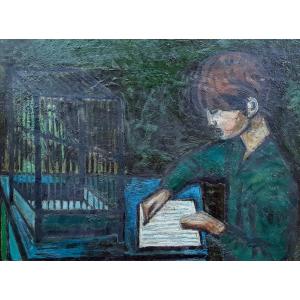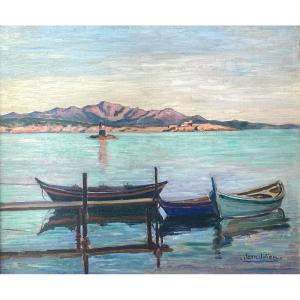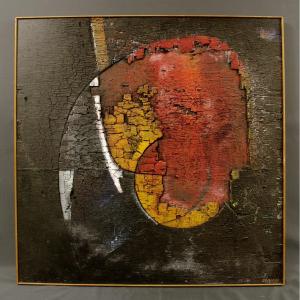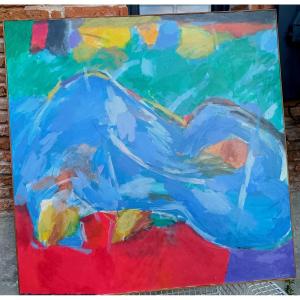It is striking how the picture embodies Caillard's style. As art historian and critic Lydia Harambourg writes about the artist in her standard work on the School of Paris painters, "l’Ecole de Paris 1945 – 1965":
“Everything that embodies beauty attracts him: vegetation, a variety of costumes, the richness of fabrics, the grace of childhood”
Christian Caillard founded the group Pre-Saint-Gervais with the novelist Eugene Dabit and the painter Maurice Loutreuil in 1923. He travelled extensively during the latter part of the 1920s, returning to Paris in 1933. In the following year he won the Prix Blumenthal and in 1936 the North African Prize.
He executed a number of murals, most notably at the Palais de la Decouverte and at the Musée Guimet. Caillard had one man shows at some of the worlds most important galleries: The Adams Gallery in London, the Galerie Romanet, Galerie André Weil and Galerie Durand-Ruel in Paris, the Galerie Ausstellung and the Kunsthaus Bühler in Stuttgart, the Galerie de la Corraterie and the Galerie des Granges in Geneva, and in many others.
After his death, the Jean Pierre Joubert gallery paid homage to him in 1986. Further retrospectives were held by the City of Menton and City of Paris.
Caillard's art has been extensively discussed in art historical literature, most recently in Lydia Harambourg's "Une vision du bonheur, Les peintres de la réalité poétique" for the Yves Brayer Museum in Les-Baux-de-Provence.
Works by the Caillard are in the National Museum of Modern Art/Pompidou Centre in Paris, the Museum of Modern Art of the City of Paris, The National Museum, Cardiff, Ferens Art Gallery, Hull, the Israel Museum, Jerusalem, and others.
Our important oil on canvas measures 100 x 65 cm and is signed at the lower right. Stable craquelure in the green areas has been restored. The works dates from the late 1950s-1960s.













































 Le Magazine de PROANTIC
Le Magazine de PROANTIC TRÉSORS Magazine
TRÉSORS Magazine Rivista Artiquariato
Rivista Artiquariato